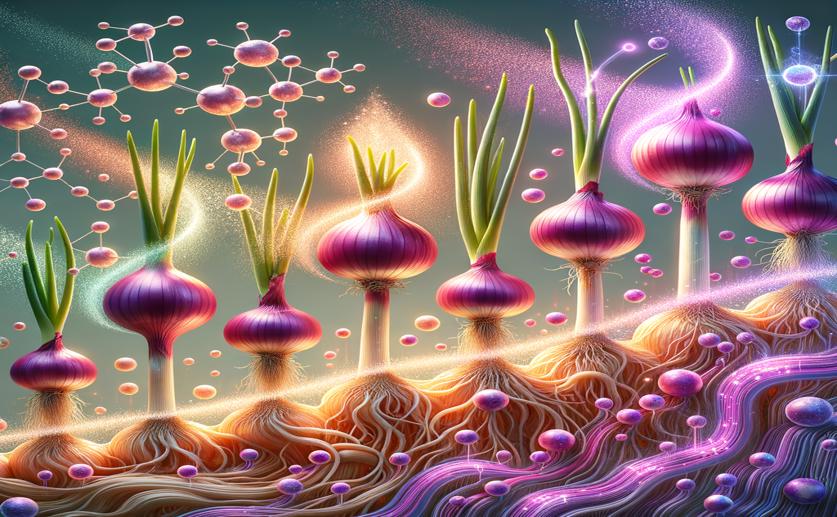
Using Advanced Analysis to Track Amino Acid and Scent Changes in Growing Onions
Greg Howard
26th June, 2024

Image Source: Natural Science News, 2024
Key Findings
- Researchers at Ningxia University studied Lou onions to find the best time to harvest for optimal flavor
- They identified 17 amino acids and 61 volatile substances in the onion pseudostems
- The best flavor occurs just before the flower stems emerge, making this the ideal harvesting time
VegetablesBiochemPlant Science
References
Main Study
1) Combining multivariate statistical analysis to characterize changes in amino acids and volatiles during growth of Lou onion pseudostems.
Published 24th June, 2024
https://doi.org/10.1002/jsfa.13671
Related Studies
2) Determination of Characteristic Volatile Component Fingerprint of Peucedanum Praeruptorum Dunn at Different Harvest Periods Based on HS-GC-IMS.
3) Biosynthesis of plant-derived flavor compounds.



 29th February, 2024 | Jenn Hoskins
29th February, 2024 | Jenn Hoskins